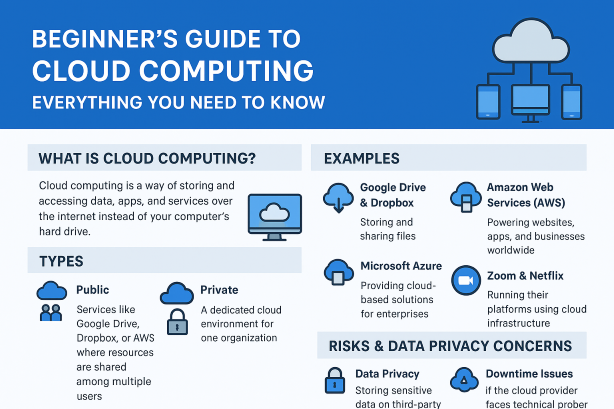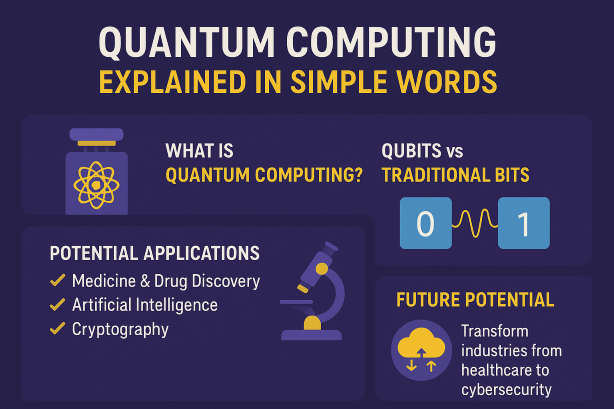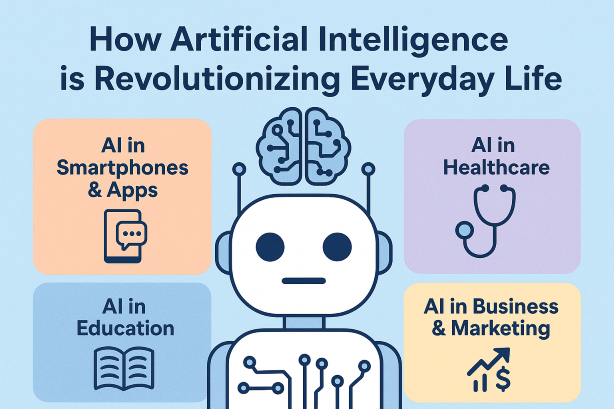Intro: What is Cloud Computing in Simple Words?
In today’s digital world, the term cloud computing gets thrown around everywhere. But what does it really mean? Simply put, cloud computing is a way of storing and accessing data, apps, and services over the internet instead of your computer’s hard drive. It’s like renting powerful computers and storage from companies such as Google, Amazon, or Microsoft—without having to own or maintain them.
What is Cloud Computing?
Cloud computing allows individuals and businesses to use technology services—like storage, databases, or servers—over the internet. Instead of buying expensive hardware, you can use the cloud to run apps, save files, and even power websites. Think of it as a “virtual office” available anytime, anywhere.
Types of Cloud Computing (Public, Private, Hybrid)
There are three main types of cloud computing, each designed for different needs:
- Public Cloud – Services like Google Drive, Dropbox, or AWS where resources are shared among multiple users. Cost-effective and great for individuals or startups.
- Private Cloud – A dedicated cloud environment for one organization. More secure and customizable, often used by large businesses.
- Hybrid Cloud – A mix of public and private clouds, offering flexibility to balance cost, security, and scalability.
Benefits of Cloud Computing
Why is the cloud so popular? Here are the top benefits:
- Cost Savings – No need to buy expensive servers or storage devices.
- Scalability – Easily upgrade or downgrade based on needs.
- Accessibility – Work from anywhere with an internet connection.
- Security – Big cloud providers offer strong security features like encryption and backup.
Examples of Cloud Computing in Everyday Life
You might already be using cloud computing without realizing it:
- Google Drive & Dropbox – Storing and sharing files.
- Amazon Web Services (AWS) – Powering websites, apps, and businesses worldwide.
- Microsoft Azure – Providing cloud-based solutions for enterprises.
- Zoom & Netflix – Running their platforms using cloud infrastructure.
Risks & Data Privacy Concerns
While cloud computing has many advantages, it’s not risk-free. Some challenges include:
- Data Privacy – Storing sensitive data on third-party servers can pose risks.
- Downtime Issues – If the cloud provider faces technical problems, your services may be affected.
- Security Threats – Cyberattacks remain a possibility, though major providers work hard to minimize risks.
Conclusion: Should You Adopt Cloud Computing?
Cloud computing has transformed the way we live and work. From storing personal photos on Google Drive to running multi-billion-dollar companies on AWS, the cloud is here to stay. For beginners, it’s a cost-effective and powerful tool—but it’s important to use it wisely, understand privacy policies, and balance convenience with security.




